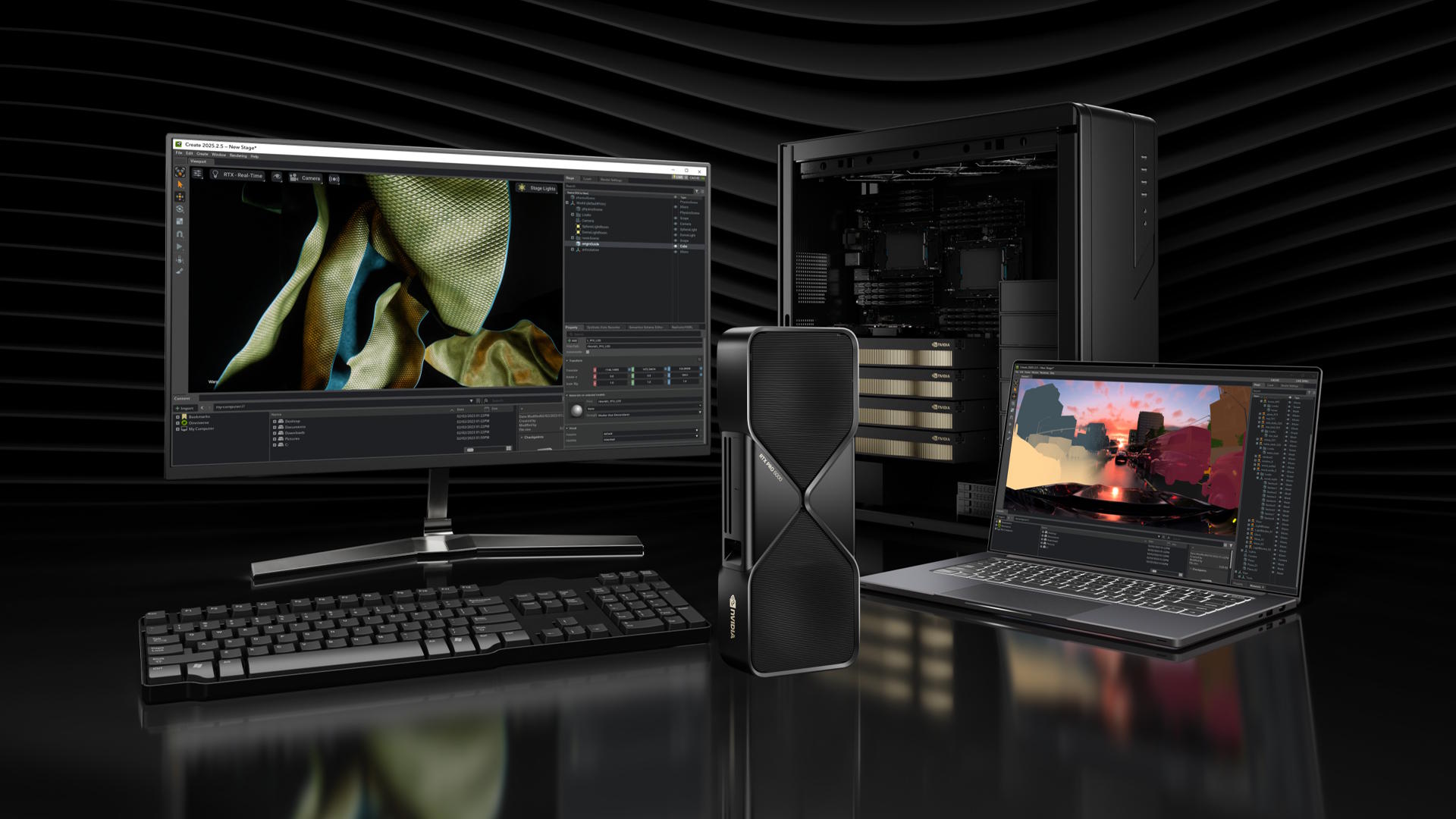
Nvidia has just announced a new list of recently-released and upcoming games with native Nvidia DLSS support, including RuneScape: Dragonwilds. Counting the six new games discussed in Nvidia's newest blog post, DLSS and RTX support is now natively available at some level across 769 video games and applications, a number outpacing AMD and Intel's similar tech by incredible margins.
DLSS, or Deep Learning Super Sampling, is Nvidia's suite of AI video and rendering upscaling enhancements. The feature has come to encompass numerous features, from AI-powered "super resolution" upscaling and anti-aliasing, to ray reconstruction for improved denoising with ray tracing, along with frame generation (on RTX 40-series and later). The latest DLSS 4 release added MFG along with DLSS Transformers for upscaling — a more computationally intensive and higher quality upscaling algorithm compared to the old CNN mode.
DLSS has been a major part of Nvidia's RTX marketing since the first RTX 20-series cards launched in 2018. The newest DLSS 4 is a key facet of the current-gen Blackwell RTX 50-series GPUs, with Nvidia's performance boosts and claims for the new graphics cards based primarily on the generational improvements brought about by MFG, alongside DLSS upscaling enhancements.
Nvidia's latest DLSS announcement includes six upcoming games launching with native RTX and DLSS support. Steel Seed, from Italian studio Storm in a Teacup, launched with DLSS 4 MFG today. RuneScape: Dragonwilds, an open-world survival multiplayer title from Jagex, alongside anticipated re-release The Talos Principle: Reawakened and new title Tempest Rising all launched in the past week with DLSS 3 Frame Generation and Super Resolution — without MFG. New titles Clair Obscur: Expedition 33 and Commandos: Origins will also launch this week with DLSS 2 Super Resolution, without any of Nvidia's frame generation tech. (Technically it could be DLSS 3.7 with super resolution, but that's getting into the weeds...)
With Nvidia's DLSS tools now an industry-standard inclusion into even indie titles, the list of 769 currently supported games and apps is sure to balloon even larger as time marches on. Compare this to AMD and Intel's FSR and XeSS tools, sister suites to DLSS, which currently sit at 356 and 161 total adopted games according to their respective websites.
Nvidia holds the lead in quantity, and its manual override system also gives it the edge in putting its higher-grade tech into older games. FSR and XeSS require game developers to put in the work to support the more modern features of FSR 3.1 or XeSS 2 over previous gens, leaving some major games like Baldur's Gate 3 still on FSR 2.2 due to developer preference. AMD's FSR 4 can override FSR 3.1, but that's still only in a relatively limited number of games.
Nvidia has provided an override switch in its Nvidia App for select games, with Nvidia engineers tweaking games with some level of DLSS support to shoehorn in features like Multi-Frame Gen, providing support in games where the developers have not specifically added this feature. We still prefer native support, but that tends to take a lot longer to materialize.
DLSS 4's width of features and widespread adoption are a major part of Nvidia's market dominance in today's consumer graphics card sector. As Nvidia's share increases, future developers may grow increasingly tempted to support Nvidia's DLSS without including FSR or XeSS support, further widening the gap. Though AMD's latest GPU launch was a roaring success for the company, it will likely need much more than one limited release boom to catch up to Nvidia's pace in any corner of the gaming market.
Follow Tom's Hardware on Google News to get our up-to-date news, analysis, and reviews in your feeds. Make sure to click the Follow button.







